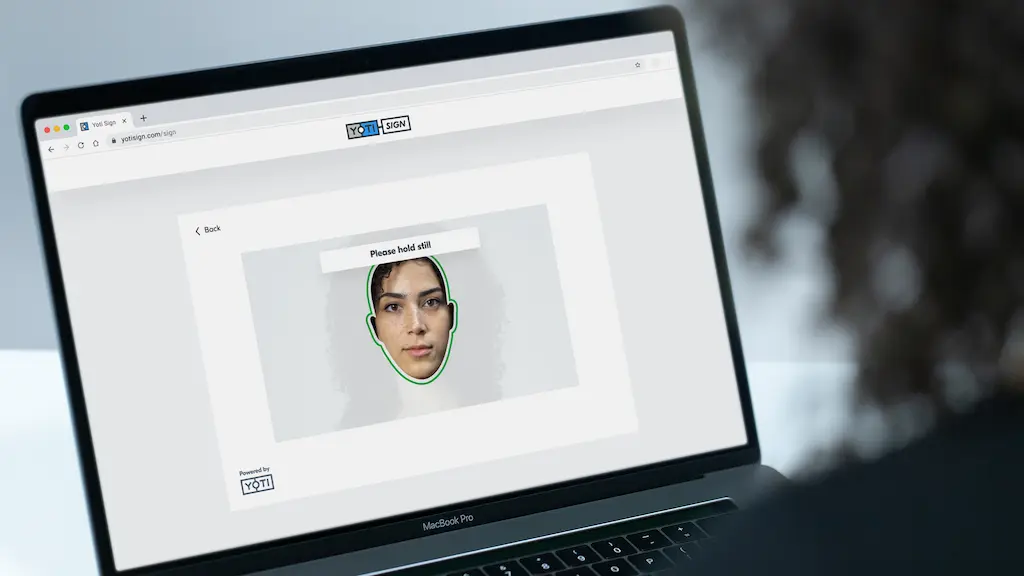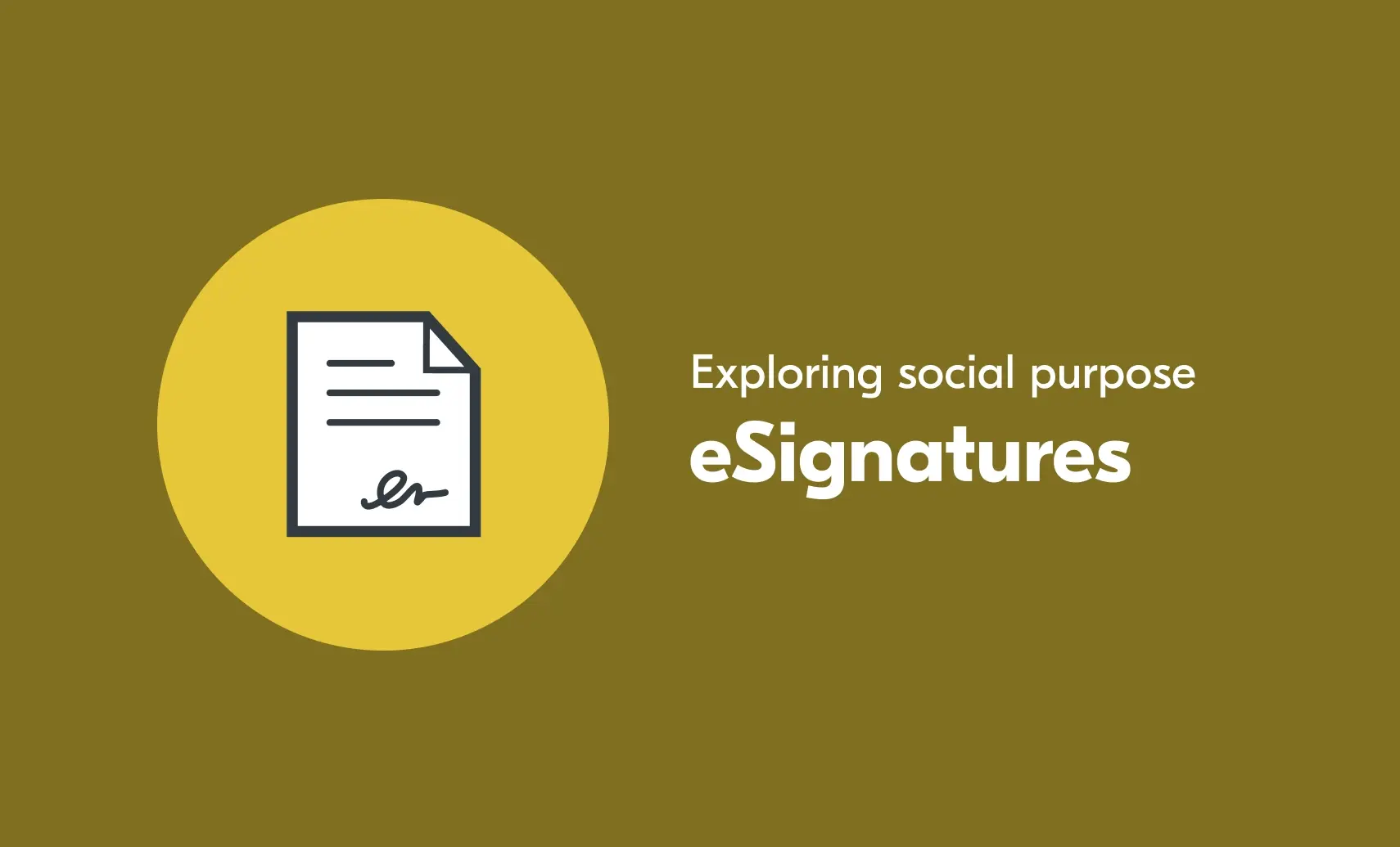
Digital identity company Yoti has launched eSign with Selfie, a new feature in their digital signing platform. In an industry first, Yoti is the first company to integrate selfie verification directly into the signing process. This new feature allows individuals to confirm their identity with a selfie before signing a document. This reduces the risk of impersonation and fraud, and provides transparency and confidence that the correct person has signed the document.
The recipient captures a selfie and signs the document in one simple flow:
- Signer takes a selfie.
- The image is analysed by our passive liveness technology, Yoti MyFace®. This checks if the image is captured by a live person by detecting presentation attacks, such as printed and digital photos, videos and masks.
- Once the liveness check is complete, the signer proceeds to sign the document.
The selfie image is cryptographically linked to the e-signature, providing a high level of assurance over who has signed the document. Businesses can manage their documents from one digital platform and then email (or text) them out for signature – requesting selfie verification as part of the signing process.
Robin Tombs, CEO at Yoti said, “There is a growing trend towards identity linked signatures as they are more secure and robust than a standalone signature. eSign with Selfie provides a high level of confidence and transparency over who is signing a document, whilst offering a faster, more frictionless experience than a separate, full ID verification check. Identity driven signatures through eSign help businesses fight fraud, meet compliance and regulatory requirements, and create more trusted business interactions.”
Notes to editors
Yoti MyFace® is certified to Level 2 by iBeta, a NIST-accredited lab who follow ISO 30107-3 testing methodology.
The difference between passive and active liveness
Active liveness requires the user to take a video of themselves performing certain actions. For example, moving toward and away from the camera, or repeating random words. This then uses AI and / or manual review to complete the check.
Passive liveness doesn’t require any movement from the user and is achieved from a single selfie. This reduces friction for users, thereby reducing drop off and speeding up the journey of verifying genuine users.


![Identity-driven eSignatures [product sheet] someone using yoti esignatures on a mobile](https://www.yoti.com/wp-content/uploads/Sign_LP_hero_G2_leader_mobile.jpg)
